How Atlassian builds community through gamification
Nov 19, 2021
Written by: Monique van den Berg, Senior Manager, Community Engagement, Atlassian | Lea Sorrentino, Managing Director, Gamification, BI WORLDWIDE
(View Author Bio)
If you have a community of employees, salespeople or customers you're looking to engage, here are five takeaways to consider from Atlassian's success with gamification.
Scroll Down
Why gamification?
Gamification is one of the most effective ways of incentivizing and rewarding engagement and contribution in a community. Think: giving and getting karma on Slack, getting upvotes and gold on Reddit or earning badges for participating in a community forum. When used correctly, it’s great at boosting engagement, changing behavior and achieving company-wide or team goals.
For Atlassian, they designed a robust gamification program called Kudos to motivate their community of users to create amazing content, answer more questions, engage with updates and watch videos. It’s built with tried-and-true game mechanics like badging, leaderboards, levels, challenges, points and recognition, all with the goal of driving interaction and participation in the community.
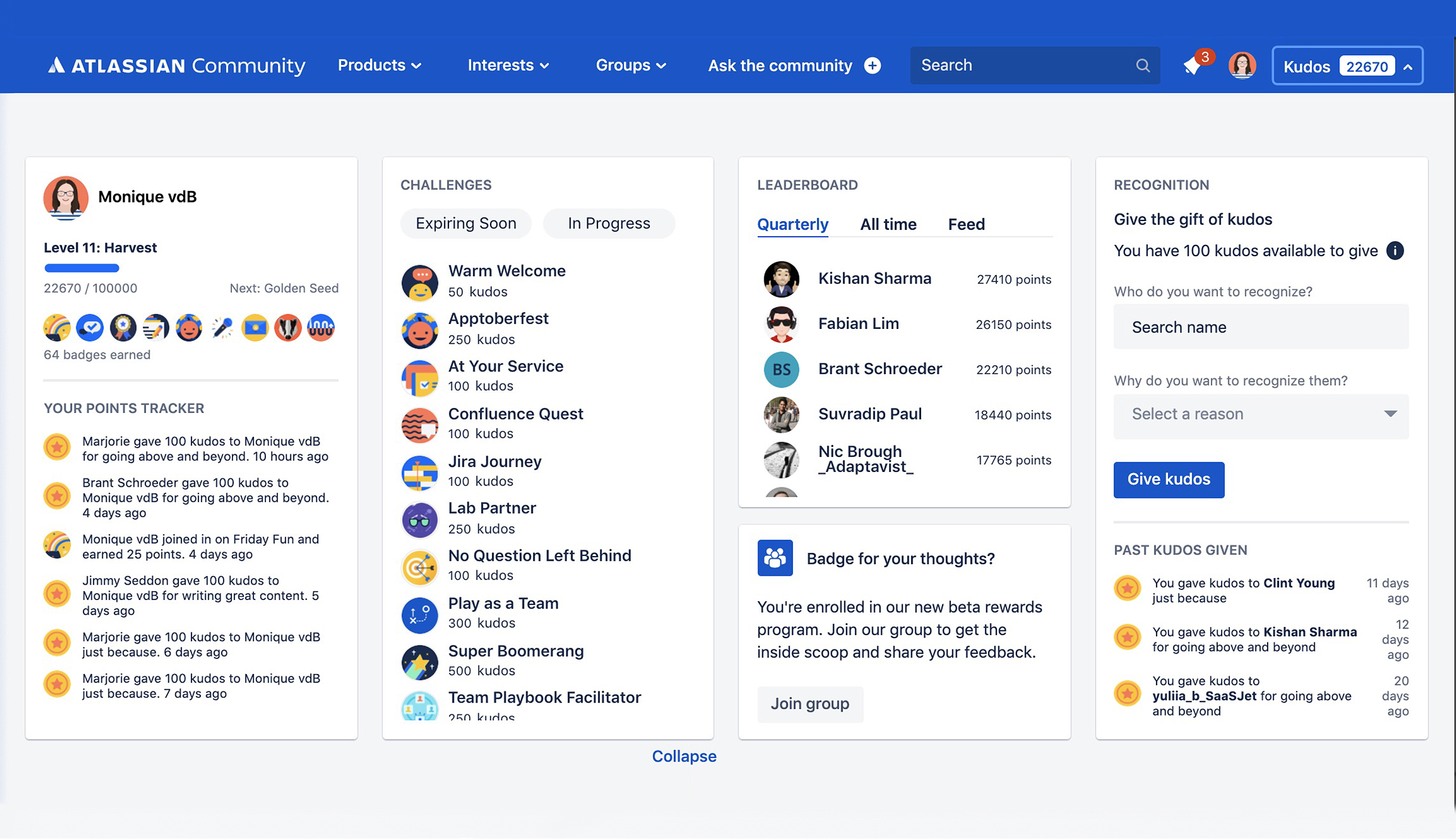
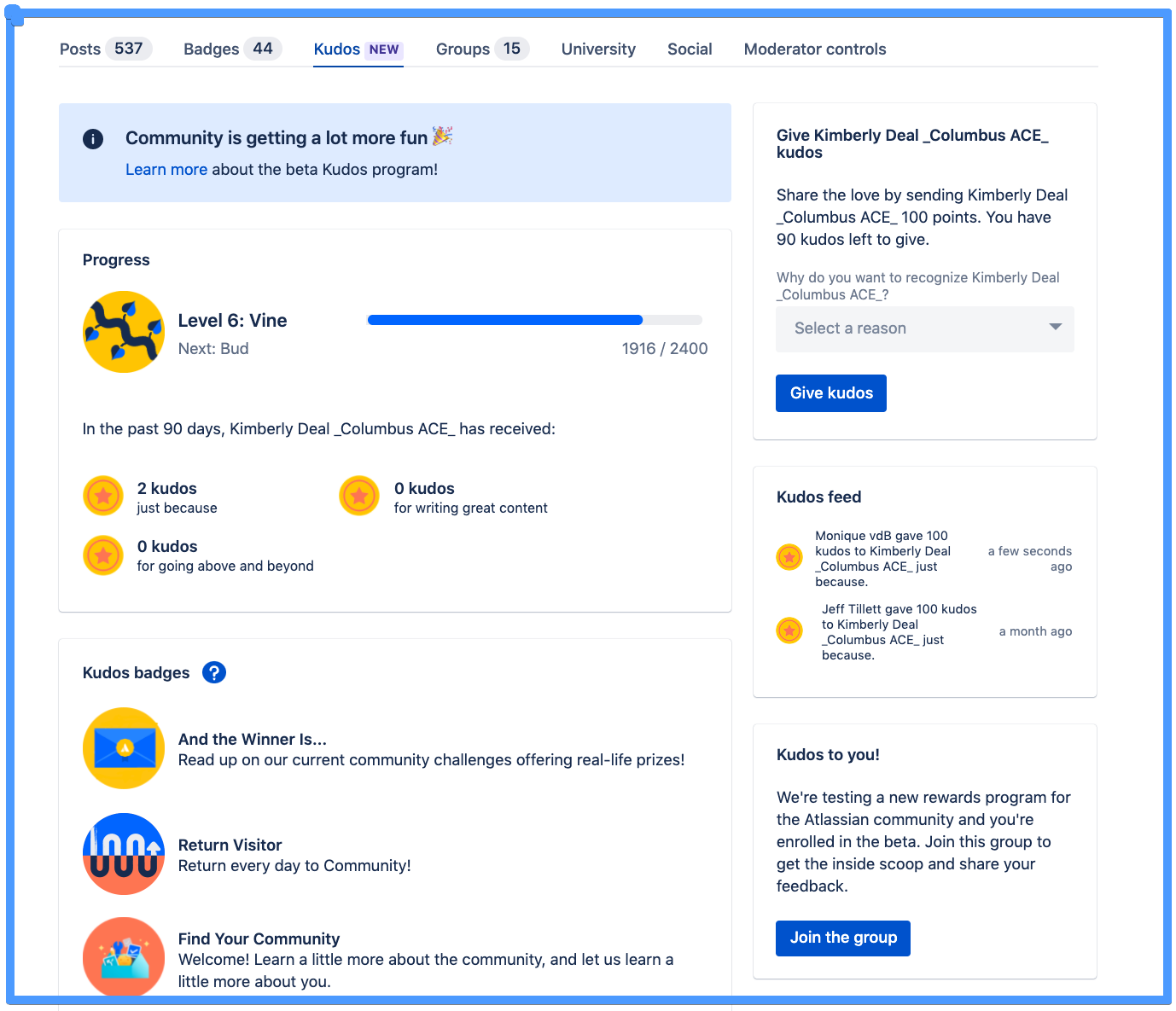
5 ways to win with gamification
If you have a community of employees, salespeople or customers you’re looking to engage, here are five takeaways to consider from Atlassian’s success with gamification.
1. Prove its success from the start.
Enroll a control group in the program alongside your active users so you can easily compare behavior metrics. For even greater insights, Atlassian grouped their audience into member types like Leaders, Answerers, Authors, Rising Stars and New Users. This allows for further segmentation and comparison, which leads to better opportunities for program optimization down the road. User groups also allow Atlassian to target unique missions and rewards to specific segments that help personalize the program.
2. Build in easy wins.
When your ultimate goal is to get people to engage in a community, you have to consider how much of a commitment you’re asking of them. Not every challenge should require them to complete multiple steps. In the Kudos program, there are a series of challenges designed to increase memberships in groups. In the chart below, you’ll see as the activities get progressively easier, the number of times they are completed increase.
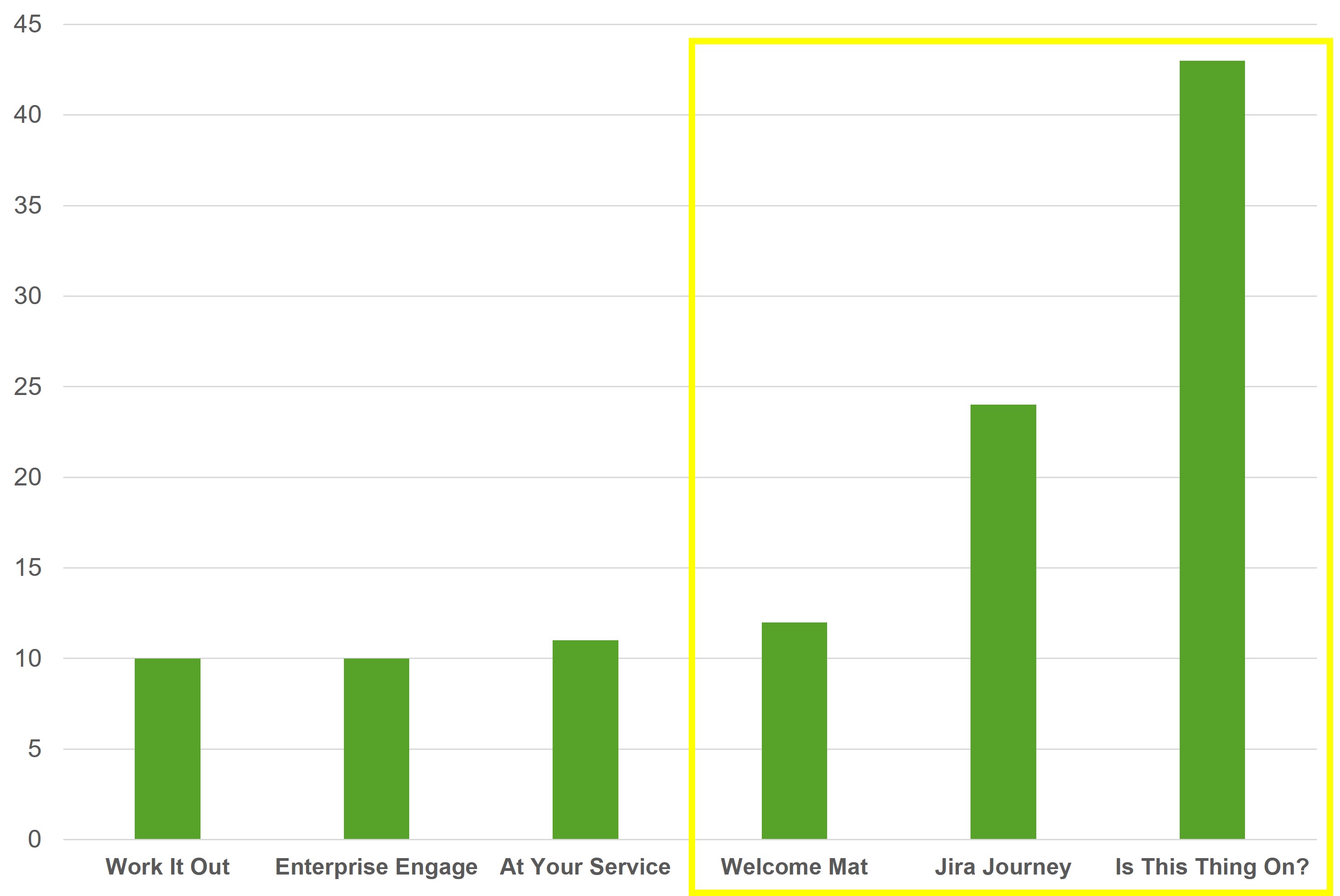
Welcome mat: Join the Welcome Center and comment on 5 discussion posts.
Jira Journey: Join the New to Jira group and comment on the introduction post.
Is this thing on? Join the Speaker Bench group and like a discussion post.
Providing faster feedback by noting the first time someone completes an activity or accomplishes a repetition of easy but significant contributions to the community increases their likelihood to stick with the program. That’s not to say everything has to be easy – but a smart program design starts simple and builds up to more complex rules that drive toward long-term goals.
3. Find your power users.
Atlassian has a challenge that awards a badge aligned with one of their target behaviors, answering a question over 90 days old. Community users can earn this badge by completing the challenge once per day. The high-level story when looking at the data behind earning this badge is that 278 users have earned it 644 times total. But dig a little deeper and you’ll find that 12% of users answered 91% of the questions, which identifies a group of highly engaged power users who are motivated by earning this daily badge. What can you do with that insight? Understanding what motivates them will help you guide similar behavior elsewhere, helping the actions of a few users make a big impact.
4. Mix up your leaderboards.
Leaderboards in and of themselves are great – they show people where they stand and encourage a little friendly competition. But what Atlassian learned is a leaderboard that refreshes quarterly has a bigger impact than overall standings. It gives their users more opportunities to see their name at the top or displace a long-standing leader. Quarterly is a good place to start but don’t be afraid to try other timeframes that align with the cadence of your goals, like ‘Win the week’ or ‘Race to the finish line’ to end a month, quarter or year.
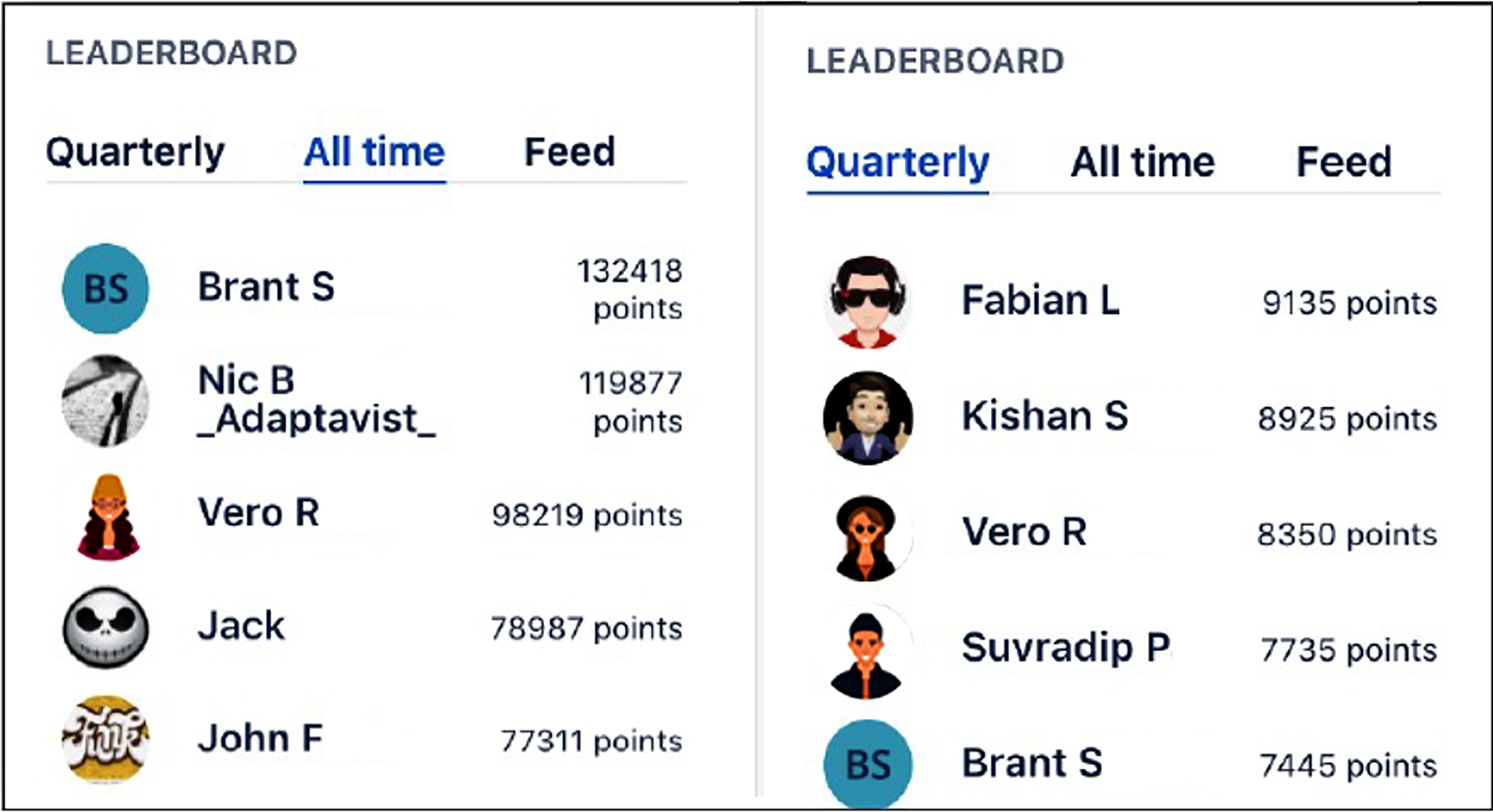
5. Don't underestimate the power of badges and swag.
The power is in the simplicity of them. People like to be rewarded for their efforts, whether it’s with a badge that can publicly affirm their status or the chance for a moment of surprise and delight. Take this example from Atlassian. They designed a “No questions left behind” challenge that launched to their community on August 1st and in the first month, offered a badge for answering three questions. They saw their answer rate increase from 75% to 84% that month. In September, they upped the ante with a swag prize, which skyrocketed the efforts of their community and increased their answer rate up to 96%.
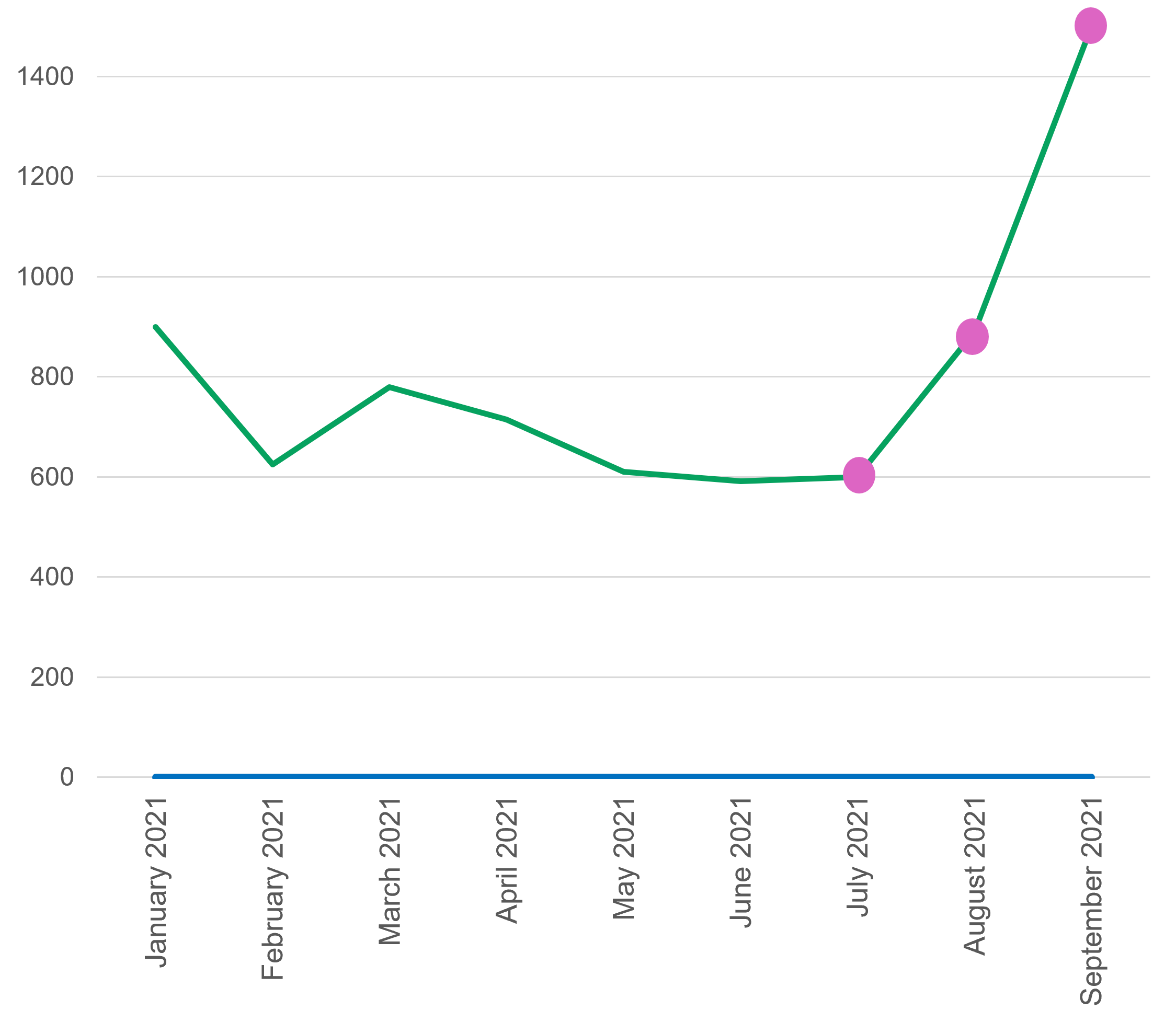
These are just some of the many ways to enhance a community experience with gamification. The best place to start is by defining the goal you’re looking to achieve, then building long-term habits and KPIs to get you there.
Let's build your community!


















